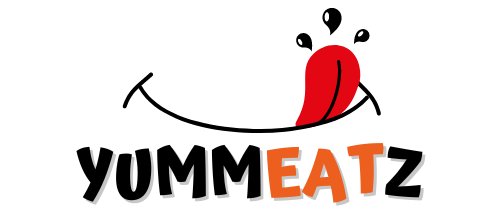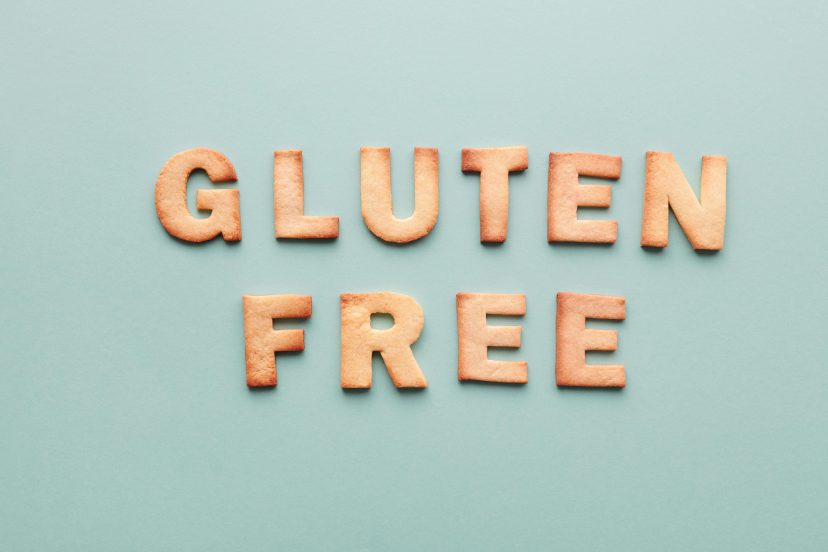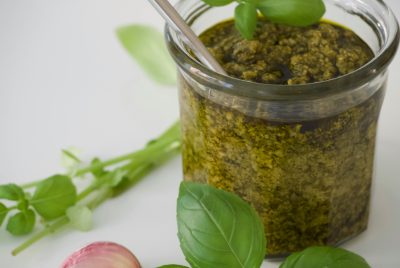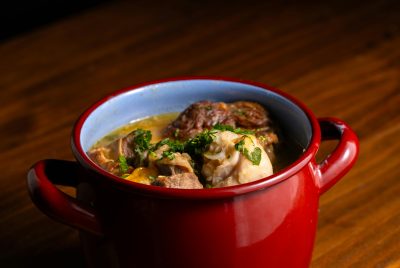10 Gluten-Free Pantry Staples: A Printable Checklist
We may earn a commission for purchases made using our links. Please see our disclosure to learn more.
Ever started cooking only to realize your flour isn’t gluten-free? That tiny mistake can derail dinner and cause a lot of stress—especially when you’re learning gluten-free cooking. The good news? Keeping a well-stocked gluten-free pantry staples checklist can save you every time. With the right ingredients already on your shelves, you’ll cook faster, waste less, and feel confident that every dish is safe and delicious.
Why Every Home Cook Needs a Gluten-Free Pantry
Cooking gluten-free isn’t just about swapping wheat for rice flour. It’s about creating a kitchen space you can rely on completely. Gluten hides in sauces, spices, even broths. A pantry filled with certified gluten-free ingredients means peace of mind—you’ll always know your food is safe.
It also makes daily cooking smoother. Instead of last-minute store runs, you can whip up pancakes, soups, or pasta whenever inspiration strikes. And when you understand how each ingredient works, gluten-free cooking becomes less about restriction and more about creativity.
10 Essential Gluten-Free Pantry Staples
1. Gluten-Free Flours
Almond, coconut, oat, and rice flours are your new baking best friends. Each has its personality—almond for moisture, coconut for lightness, and rice for crisp textures. Keep a pre-mixed gluten-free all-purpose flour for quick swaps.
2. Whole Grains
Quinoa, brown rice, millet, and buckwheat are rich in fiber and minerals. They serve as hearty sides, salad bases, or warm breakfast bowls.
3. Legumes & Lentils
These protein-packed essentials—chickpeas, lentils, and black beans—make soups, stews, and veggie burgers both filling and nutritious.
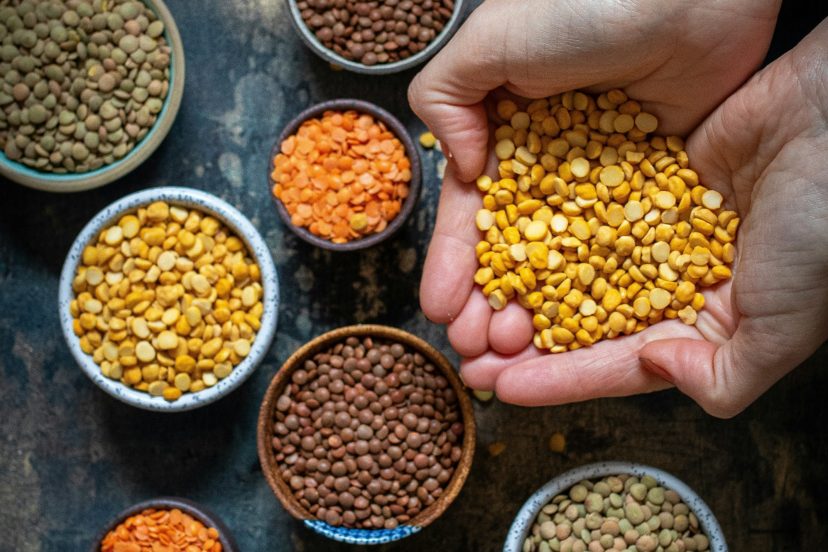
4. Nuts & Seeds
Snackable, blendable, and full of healthy fats. Use almonds, chia, flax, and sunflower seeds in baking, smoothies, or homemade granola.
5. Gluten-Free Pasta
Made from brown rice, chickpeas, or lentils, it’s perfect for weeknight meals. Boil until slightly firm, then mix with olive oil and your favorite herbs.
6. Baking Essentials
Stock xanthan gum, baking powder, and arrowroot starch. These support texture and rise in gluten-free baking.
7. Nut Butters & Spreads
Peanut, almond, and sunflower butter add protein and richness. Spread on rice cakes or whisk into sauces for creamy flavor.
8. Canned Goods
Tomatoes, beans, coconut milk, and broths are the backbone of quick, wholesome meals. Make sure the packaging clearly shows a verified gluten-free certification.
9. Condiments & Sauces
Tamari (safe soy-sauce alternative), mustard, apple cider vinegar, and salsa add instant flavor. Verify each one—hidden gluten sneaks in easily.
10. Healthy Snacks
Keep gluten-free crackers, popcorn, or homemade trail mix for grab-and-go moments. They’ll satisfy cravings without risking contamination.
Pro Tip: Choosing the right tools helps too. When comparing cookware, check out this quick guide on ceramic vs stainless steel cookware to see which suits your gluten-free kitchen best.
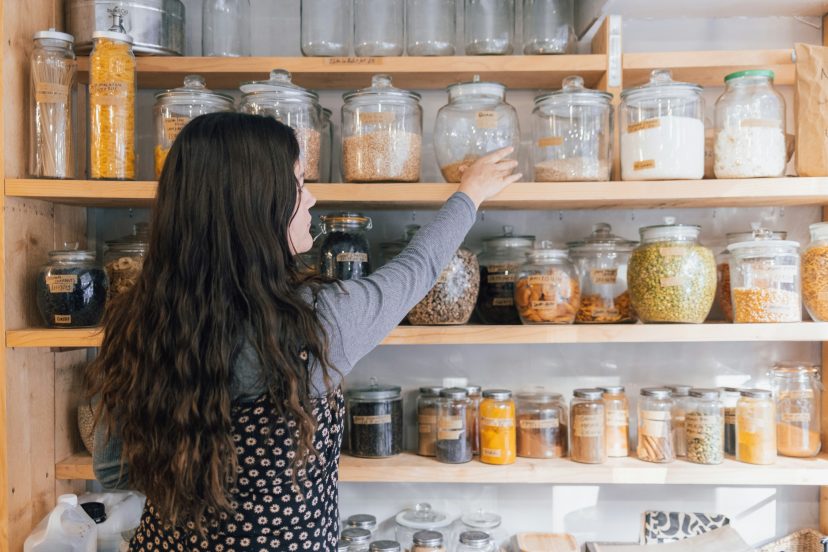
How to Organize Your Gluten-Free Pantry
A tidy pantry isn’t just pretty—it’s protection.
- Group by category: grains together, flours together, snacks on one shelf.
- Label everything clearly. Use “GF” stickers or colored tape.
- Use airtight jars to keep out moisture and prevent cross-contamination.
- Create a gluten-free zone. Reserve a specific shelf for all safe items.
- Review monthly. Rotate items before they expire and update your checklist as you add favorites.
Gluten-Free Pantry Staples Checklist
| Category | Staples | ✔️ |
| Grains & Starches | Rice (white, brown, or wild), Quinoa, Certified gluten-free oats, Gluten-free pasta (brown rice, lentil, or chickpea), Gluten-free flours (almond, coconut, rice, or blend), Corn or grain-free tortillas | ☐ |
| Canned & Jarred Goods | Canned beans, Canned tomatoes, Canned coconut milk, Canned tuna or salmon, Canned vegetables (artichokes, peppers), Broth or stock, Marinara, salsa, or BBQ sauce | ☐ |
| Nuts, Seeds & Dried Fruit | Almonds, walnuts, cashews, Chia, flax, sunflower seeds, Dried fruit (raisins, cranberries, dates), Nut butters (almond, peanut, sunflower) | ☐ |
| Baking & Flavor Essentials | Spices and herbs, Sweeteners (maple syrup, honey, coconut sugar), Cocoa powder, Vanilla extract, Baking soda and baking powder | ☐ |
| Oils & Other Staples | Olive oil, Coconut oil, Vinegar (apple cider, white, balsamic), Rice cakes, Gluten-free crackers | ☐ |
5 Gluten-Free Pantry Products
If you’re just starting, these tried-and-true picks will simplify shopping:
- Bob’s Red Mill Gluten-Free 1-to-1 Baking Flour – A seamless substitute for wheat flour in most recipes.
- King Arthur Measure-for-Measure Flour – Delivers reliable rise in cakes and muffins.
- Lotus Foods Brown Rice Ramen Noodles – Quick-cook noodles for hearty soups or stir-fries.
- Simple Mills Almond Flour Crackers – Crunchy, wholesome snacks for any craving.
- Bragg Liquid Aminos – A flavorful soy-free tamari alternative for marinades and sauces.
These are pantry-friendly, shelf-stable, and well-reviewed by gluten-free home cooks worldwide.
Gluten-Free Isn’t for Everyone, But Whole Foods Help
According to the Mayo Clinic, following a gluten-free diet is crucial for people with celiac disease or gluten sensitivity because gluten can damage the small intestine and cause long-term health issues. However, for most people, cutting out gluten isn’t automatically healthier—especially when the diet relies on processed substitutes that often lack fiber and key nutrients.
Similarly, Harvard’s Nutrition Source explains that going gluten-free without a medical reason doesn’t offer proven health benefits and can even lead to nutrient deficiencies if whole grains are replaced with refined gluten-free products. The best approach, both sources agree, is to center your pantry around naturally gluten-free whole foods—like rice, beans, nuts, and vegetables—so you maintain balance, nutrition, and flavor while avoiding unnecessary restrictions.
Budget-Friendly Gluten-Free Pantry Hacks
Gluten-free eating doesn’t have to drain your wallet. The trick is to focus on naturally gluten-free pantry staples like rice, beans, potatoes, and seasonal vegetables—these cost far less than packaged gluten-free products and last longer, too. Buy grains and flours in bulk when possible, then store them in airtight jars to keep them fresh. Cooking from scratch also helps you save money and control ingredients, especially for snacks or baked goods. Finally, keep an eye out for sales on gluten-free essentials and stock up when your favorite brands go on discount. With a few smart habits, you can keep your pantry full and your budget in check—without ever compromising flavor or variety.
Conclusion
A gluten-free kitchen doesn’t have to be complicated. With a few well-chosen gluten-free pantry staples, you can create safe, nourishing meals anytime. Focus on naturally gluten-free foods like rice, beans, and nuts, and remember that balance matters more than restriction. Keep your pantry simple, organized, and full of whole ingredients that make gluten-free cooking both easy and delicious.
FAQs
Q1: Which gluten-free flour is best for beginners?
A: Start with a 1-to-1 blend such as Bob’s Red Mill or King Arthur—it behaves most like regular flour.
Q2: Can oats really be gluten-free?
A: Yes, but only when labeled certified gluten-free. Cross-contact often happens during processing.
Q3: How can I avoid cross-contamination in a shared kitchen?
A: Keep separate utensils and cutting boards. Wipe counters before cooking, and dedicate one pantry shelf to gluten-free items.
Q4: Do I need to buy only certified gluten-free products?
A: If you have celiac disease, yes. That certification confirms the item has under 20 parts per million of gluten, meeting safety standards.
Q5: How long do gluten-free flours and grains last?
A: Unopened, they last 6–12 months. Once opened, store them in airtight containers or refrigerate for freshness.
